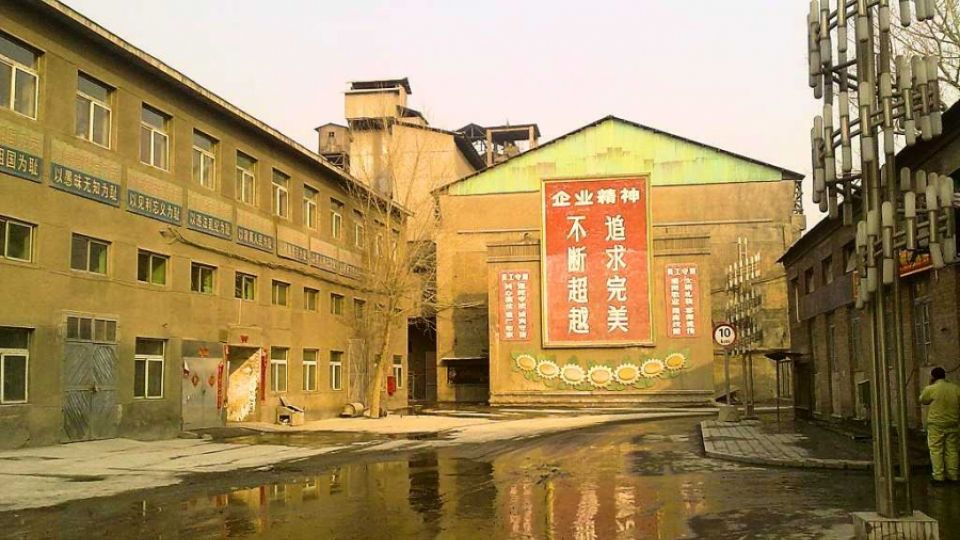In China, some cement plants use fly ashes from municipal waste incinerators in the cement production. However, Chinese scientists have found out that this cause problems as there are new toxic substances formed, such as polychlorinated naphthalenes (PCNs), it means the substances that are similar to polychlorinated biphenyls (PCBs).
With the increasing capacity of municipal waste incinerators in China, it is necessary to solve the question of what to do with the residual waste produced by the incinerators. The greatest problems are caused by the fly ash that contains high concentrations of toxic substances. Therefore, they try to use a part of it in the cement production. However, this is also problematic as the formation of new persistent organic pollutants (POPs) originating as unintended by-products, is not fully mapped in the cement production process. These substances cover, for example, polychlorinated dibenzo-p-dioxins and dibenzofurans (in short, dioxins).
Chinese scientists focused on monitoring the formation mechanisms of another UPOPs group, polychlorinated naphthalenes (PCNs), in two cement kilns co-processing the fly ash from waste incinerators. The average concentrations of PCNs in stack gas samples were 710 ng/m3. The PCN concentration in particle samples collected from different process stages in the cement kilns ranged from 1.1 to 84.7 ng/g. Three process sites including suspension pre-heater boiler, humidifier tower, and the kiln back-end bag filter were identified to be the major formation sites of PCNs in cement kilns co-processing municipal waste incinerator fly ash.
The PCN distribution was similar to that of the dioxins, which indicates the possibility for simultaneous control of PCNs and dioxins in cement kilns co-processing fly ash.
In our opinion, it is better to avoid creating new POPs and to use some of the non-incinerator techniques for the decomposition of the dioxins in fly ash, or to avoid waste incineration at all, that is, to prevent, separate and recycle waste.
Translation: Markéta Fišerová. Reference: Liu, G., et al. (2016). Distributions, profiles and formation mechanisms of polychlorinated naphthalenes in cement kilns co-processing municipal waste incinerator fly ash. Chemosphere, 155, 348-357.







